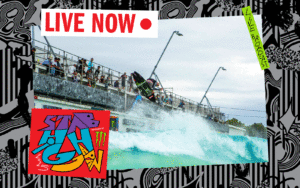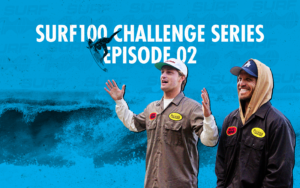Inside the Roaring 2000s at Quiksilver, Part 3 of 3
Clay Marzo’s rise and commercial fizzle and Jamie Tierney gets the call that his days at the Mountain and the Wave are done.
Get Stab Premium
Home to the greatest films, series, and editorial in surfing.
Already a member? Sign In
Signed in but can't see the content?
Update Your Card > Menu > Subscriptions > Renew Now
Other issues? Email [email protected]
Are you a student and semi-broke?
Email a pic of your current student ID to [email protected] for 20% off Premium.
Monthly
Stab original films (Stab In The Dark, Electric Acid Surfboard Test, Microdose, profile films, etc.)
Premium editorial
Deep-dive journalism
Objective product reviews
How-to's
Cancel anytime
Yearly
Stab original films (Stab In The Dark, Electric Acid Surfboard Test, Microdose, profile films, etc.)
Premium editorial
Deep-dive journalism
Objective product reviews
How-to's
Cancel anytime
Gift
12-month subscription
Choose the delivery date
Send personalized messages
Stab original films (Stab In The Dark, Electric Acid Surfboard Test, Microdose, profile films, etc.)
Premium editorial
Deep-dive journalism
Objective product reviews
How-to's
Cancel anytime












 Jul 2, 2025
Jul 2, 2025